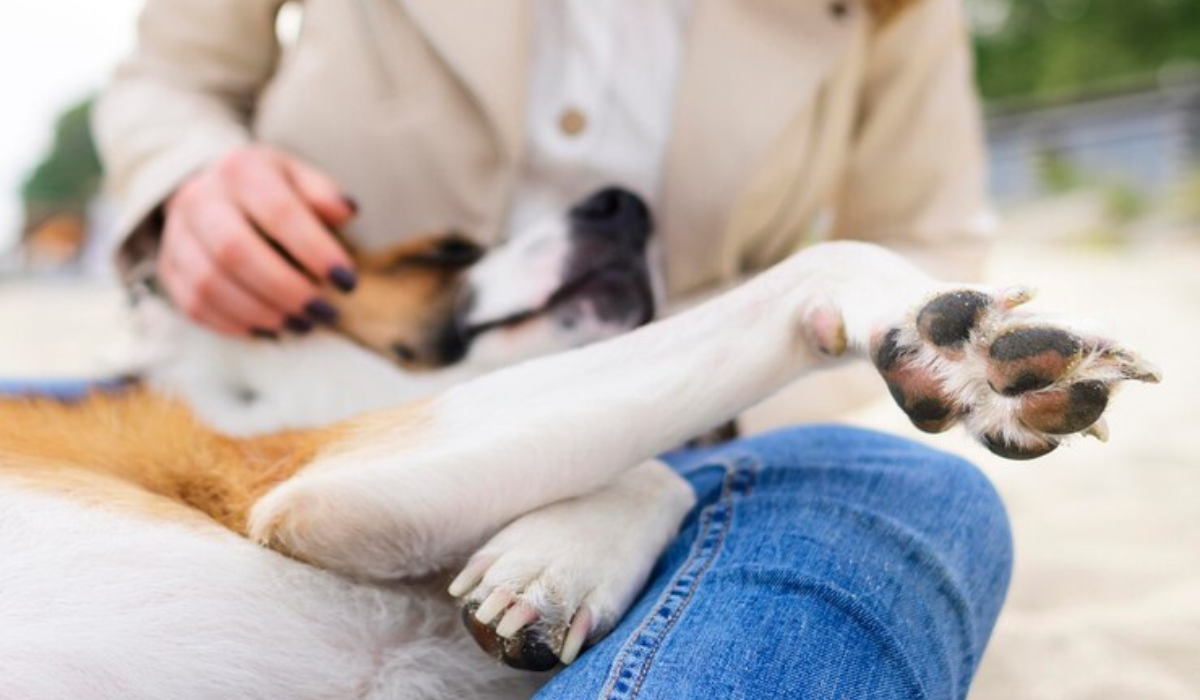Walking small dogs is more than just a quick stroll around the block; it’s an essential component of their health and well-being. In small dogs with more prone to heart issues, exercise is crucial for preventing mental and behavioral problems. For both small dogs and their owners, this article explores essential tips for making walks enjoyable, safe, and beneficial.
1. The importance of exercise in general:
-
In order to prevent behavioral problems, mental health problems, and obesity in small dogs, exercise is essential.
-
The necessity of daily walks is particularly imperative for small dogs, who are prone to heart problems and obesity.
2. Behavioral health and stimulation:
-
The benefits of daily walks include mental stimulation, which prevents boredom-related behavioral problems.
-
Small dogs benefit from regular exercise by reducing aggression, fear, anxiety, and hyperactivity.
3. Taking preventative measures:
-
You can prevent joint problems, muscular problems, heart problems, mange, and other illnesses by taking short, regular walks.
-
Exercise is vital for the health of small dogs, despite their short legs.
4. Managing temper:
-
Walking helps regulate the temperament of small dogs, making them better companions.
-
The act of exercising helps channel excess energy and manage rowdy behavior.
5. Walking time:
-
A 15-minute walk twice a day is sufficient for small dogs to get half an hour of outdoor activity each day.
-
It is important to consider the health and age of the dog when determining the length of a walk.
6. Breed-specific considerations:
-
A small dog’s health conditions and specific needs should determine the length and intensity of walks.
-
The exercise requirements of squished-faced breeds must be moderated because they may overheat quickly.
7. Dealing with larger dogs:
-
Small dogs should be cautious when walking with larger dogs to ensure their safety.
-
You should calmly pick up a small dog when a larger dog approaches.
8. Safeguards and microchipping:
-
It is important to microchip small dogs in case they go missing.
-
Pet protection memberships, such as those offered by 24Petwatch, provide access to a veterinarian helpline, discounts on pet-related services, and Lost Pet Recovery Specialists.
9. Adjusting exercise routines according to individual needs:
-
Exercise routines for small dogs should be adapted to their age and health conditions.
-
The routine should be tailored to meet the specific needs of the dog, ensuring a balance between physical activity and rest.
10. Enhancing the bond between you and your partner:
-
Small dogs and their owners are more bonded when they are walked together.
-
During these events, you can share experiences and spend quality time together, which enhances the companionship between you.
11. Keeping an eye on your health while walking:
-
If you feel fatigued, overheated, or discomfort during a walk, you should seek medical attention.
-
Pace and duration of walks should be adjusted according to the dog’s individual responses.
12. consistency of routine:
-
The establishment of a regular walking routine helps small dogs adapt and provides stability.
-
The key to reaping the long-term benefits of regular exercise is consistency.
13. Ownership responsibilities:
-
Small dogs require exercise, so owners should be aware that they have responsibilities.
-
Maintain a daily routine that incorporates daily walks for the pet’s wellbeing.
14. Veterinarian Consultation:
-
When exercising a small dog, especially one who is aging or health-compromised, consult with a veterinarian first.
-
Dogs should be exercised according to their specific health requirements, with vet guidance.
As a result, walking small dogs is more than just a simple daily activity; it’s an approach to ensuring their health, happiness, and the strength of their bond with their owners. Walking small dogs with their caring owners can be an enriching experience with the right considerations.









